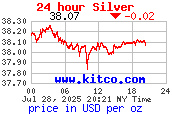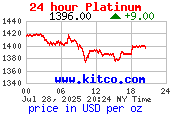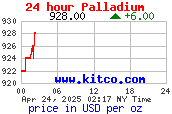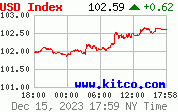The Pyramid Optimizer - Instructions
Trouble with viewing this tool? Click here for help.
What might be even more profitable (and risky) than options? Let me give you a hint - instead of adding your profits, you multiply them! If you answered "pyramiding", then you've got this one right. The answer is Stock/Index Option Pyramid.
The basic idea is that you buy call options on a stock that you expect to rise. When you achieve a substantial profit on these options, you sell them and use the proceeds to buy call options on the same stock, but at the higher strike price. You can repeat this scheme, as long as the stock does not reach your price objective.
Before we continue with the topic of pyramiding we would like to present you with basic features of this tool, as it can be used in many ways. The basic use of this tool is to calculate strike price of the option that lets you gain the most on particular move in the underlying equity. Calculations take into the account different commission fees from your broker, so it is realistic. You will see the profitability of the best strike price and the profitability of the ATM (at-the-money) options and you can then decide whether the difference is big enough, to justify the higher risk. For example with 400% and 380% it would make sense to buy ATMs, whereas with 400% and 120% it most likely does not.
The danger in speculation using pyramiding is that you have to be very accurate when it comes to forecasting the range of a particular upswing. Sometimes even if the stock does rise let's say 80% of your predicted range, you can actually lose money. That would be the case if you just bought call options with a high strike price and stocks begins to fall or even consolidating at current level. Your options value will decrease, as each day there is less time to the expiry date. You can decrease the risk by making your price projections really conservative making them more like "stock will rise AT LEAST to this level" instead of "stock COULD reach as high as...".
So, if you've established the amount of capital you want to put into this type of transaction and made conservative price and time projection, there is one more thing that you need to know before putting your money to work - the strikes. Choosing the right strike prices is essential for this transaction to really work. If you choose strikes too close or too far from each other you will not fully take advantage of the enormous profit potential that pyramiding has to offer.
Can we somehow estimate the strikes to maximize the profit? Of course we can! This tool is designed especially for people who want to make the most of their pyramiding strategies.
All you need to do is enter all necessary information and click the "Calculate!" button.
Our tool includes the basic Black-Scholes options pricing model. This model was originally designed to price European options, however it is also commonly used to price American options. It can also be used for calculating index options. All assumptions made in this model also apply here. You can find them here.
Please note that one particular assumptions of the Black-Scholes model (the one that says the volatility is constant) may negatively distort calculations, especially in the highly risky and lucrative transactions such as pyramiding. Pyramiding works best when price of particular security rises (or falls) dramatically in a relatively short time frame. Should that be the case, market's perception toward assessing volatility would probably change before you would get to switch strike prices. Both options - the one that you would be selling and the one that you would be buying - would be worth more than our models originally forecasted. This might result in overall change in the profitability of the whole transaction; however in our opinion the changes and general implications of the results should not be very significant.
We also assumed that the stock/index rise is stable percentage-wise - the stock's price increases every day by the same amount percentage-wise (for example 1%) instead of the same amount in nominal terms (for example $1). This makes the price projections more realistic.
This tool was designed for educational purposes only and may only be used as such, you use it at your own responsibility.
Please read the disclaimer on the bottom of the website

![[Most Recent Charts from www.kitco.com]](http://www.kitconet.com/charts/metals/gold/t24_au_en_usoz_4.gif)



![[Most Recent Copper from www.kitco.com]](/files/idx24_copper.gif)
![[Most Recent XAU from www.kitco.com]](/files/idx24_xau_en_2.gif)
![[Most Recent HUI from www.kitco.com]](/files/idx24_hui_en_2.gif)




